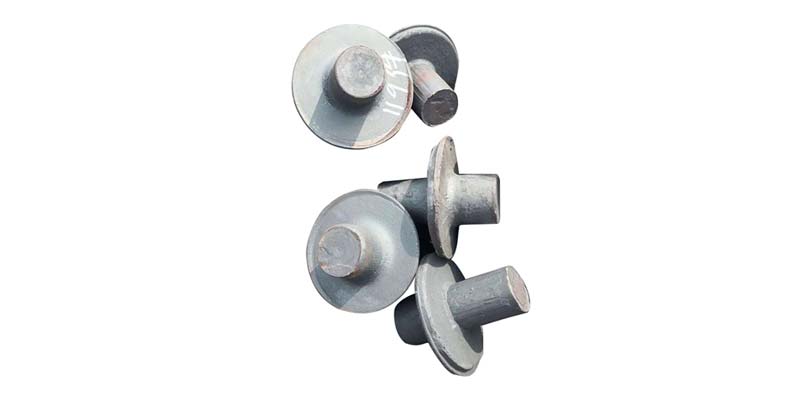- Contact Innally, Let you purchase forgings in China more favorable prices, products more assured!
- Hotline:+(86)15038323776 Email:innally@innally.com
How to ensure the quality of railway forgings in the manufacturing process?
- Category: Stainless steel forging, Thermal forging
- |
- Date: 12/12/2023
the railway forging manufacturing process needs to strictly control the quality of raw materials, mold manufacturing, billet preparation, heating and forging, cooling and processing, quality testing, painting and packaging and other aspects.
Product Details
In the process of manufacturing railway forgings, quality assurance is a very important part. The following are several aspects of quality assurance in the manufacturing process of railway forgings:
Raw material control: Railway forgings require the use of high-quality raw materials, including steel, alloy steel, etc. The quality of raw materials directly affects the quality and performance of forgings. Therefore, the manufacturing process needs to carry out strict quality control of raw materials, including the selection of materials, cutting, grinding and other links.
Mold manufacturing: Mold manufacturing is an important link in the production of railway forgings. The quality of the die directly affects the shape and size of the forging. Therefore, in the process of mold manufacturing, it is necessary to ensure the accuracy and quality of the mold, including the design, material selection, processing, assembly and other links of the mold.

Billet preparation: Billet preparation is one of the important links in railway forging manufacturing. The shape and size of the blank directly affect the quality and performance of the forging. Therefore, in the process of billet preparation, it is necessary to ensure that the shape and size of the billet meet the design requirements, and the surface quality is good.
Heating and forging: Heating and forging is one of the important links in the manufacture of railway forgings. Temperature and pressure control during heating and forging directly affect the quality and performance of forgings. Therefore, in the heating and forging process, it is necessary to control the heating temperature and pressure, as well as the strength and speed in the forging process.
Cooling and processing: After forging is completed, the forging needs to be cooled and the necessary processing and dressing. In this process, attention needs to be paid to prevent deformation or cracking of forgings to ensure the stability and accuracy of forgings.
Quality inspection: Strict quality inspection is required in the manufacturing process of railway forgings. Quality inspection includes appearance inspection, size inspection, mechanical property inspection and so on. Only forgings that meet the quality requirements can enter the next process.
Painting and packaging: Finally, qualified forgings are painted and packaged to prevent damage during transportation. In this process, attention should be paid to protecting the forging surface to avoid bumps or scratches.
In short, the railway forging manufacturing process needs to strictly control the quality of raw materials, mold manufacturing, billet preparation, heating and forging, cooling and processing, quality testing, painting and packaging and other aspects. Only in this way can high-quality railway forgings be produced to ensure the safety and stability of railway lines.
nannan
INNALLY website editing, to provide you with forging related information
Related Products
Search
Forging center
- Steel forgings
- Aluminium alloy forging
- Titanium alloy forging
- Stainless steel forging
- Copper forging
- Automotive forgings
- Locomotive forging
- Bicycle forgings
- Motorcycle forging
- Rigging and fasteners
- Bearing forging
- Electric power fittings
- Marine forging
- Mechanical forgings for metalworking
- Mining machinery forgings
- Marine engineering forgings
- Construction machinery forgings
Popular product

© 2025. All Rights Reserved.






